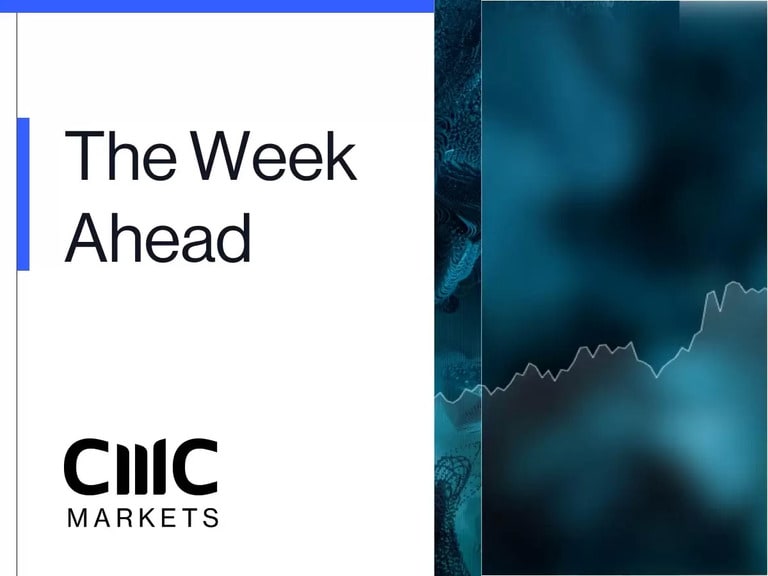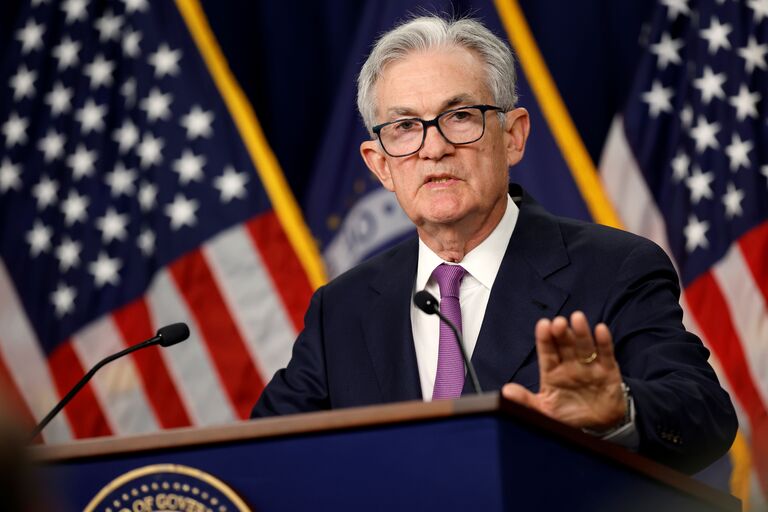Darren Sinden from educational provider Trade Uni discusses the latest market moves.
Last week in the market didn't live up to its billing, despite a historic rate cut from the US Federal Reserve and the S&P 500 making new all-time highs. The US blue-chip benchmark finished Friday's session in the red and sellers had the upper hand on the Nasdaq and NYSE in terms of advancing and declining issues, and volumes traded.
At a sector level in the US, consumer discretionary and communications services had the best price action, despite a wobble in the latter following the rate cut, posting solid gains of 2.29% and 3.7% respectively and finishing close to weekly highs. In terms of the biggest gainers in each sector, Meta Platforms rallied by 7% last week, while Airbnb added 11.41% on the week. The worst-performing sectors were real estate and consumer staples. Among real estate names, Ventas fell by 4.4%, while among consumer staples stocks troubled pharmacy chain operator Walgreens Boots Alliance slipped by 5.43%, with the stock down by 66.64% year-to-date.
Circling back to real estate, something that stands out is that less than 26% of the stocks in the sector are currently trading above their 5-day moving averages (DMAs). That's way below the 50-DMA for the indicator, which comes in at 65.87% when measured over the last year. Looking at individual stocks in the US, Constellation Energy rallied by 30.11% last week as it inked a deal to provide Microsoft with power for its data centres.
Cyber-security provider Crowdstrike, mired in controversy earlier in the year, rallied by 15.71% last week. The stock jumped 8% on Friday after Citi analysts said they saw “consistent customer resilience” among Crowdstrike’s client base. Chipmaker Intel added 11.01% last week, gathering more than its fair share of headlines over the weekend as it emerged that rival chipmaker Qualcomm had approached the firm about a takeover, and that separately Intel has secured up to $5bn of investment from private equity firm Apollo Asset Management.
In Europe, the Swedish OMX was the best performer among the major equity indices, finishing last week with a 2.1% gain. The index was boosted by an 8.6% rally in fashion retailer Hennes & Mauritz and a 7.3% rise from security and armed guarding Securitas. Engineer SKF also put on 4.8%. However, that weekly gain needs to be seen in the context of the 4.7% loss that the ball bearing-maker posted on Friday. Turning to the Euro Stoxx 50, chemical giants Bayer and BASF were up by 6.2% and 5.6% over the last week. The biggest faller also hailed from Germany in the shape of Deutsche Post, which finished the week down by 4.8%, though most of that loss was incurred in Friday's session.
As far as today's European open is concerned US equity indices are indicated to open higher. The DAX, the CAC and the FTSE 100 are up 0.42%, 0.27% and 0.11% respectively. Gold is trading at $2,626 per ounce, up by 4.42% over the last month. Brent and WTI Crude are trading up by 0.42% and 0.48%. The dollar index is trading at 100.757 and is thus broadly unchanged, as are US 10-year T-bond yields, which stand at 3.754%.
The macroeconomic calendar this week is peppered with speakers from the Fed and European Central Bank (ECB), as well as flash US purchasing managers’ index (PMI) readings and the Reserve Bank of Australia’s (RBA) interest rate decision alongside US durable goods and gross domestic product (GDP) data.
Disclaimer: CMC Markets is an execution-only service provider. The material (whether or not it states any opinions) is for general information purposes only, and does not take into account your personal circumstances or objectives. Nothing in this material is (or should be considered to be) financial, investment or other advice on which reliance should be placed. No opinion given in the material constitutes a recommendation by CMC Markets or the author that any particular investment, security, transaction or investment strategy is suitable for any specific person. The material has not been prepared in accordance with legal requirements designed to promote the independence of investment research. Although we are not specifically prevented from dealing before providing this material, we do not seek to take advantage of the material prior to its dissemination.






